aNewDomain.net — I decided to wear Google Glass every day during a recent trip to Siem Reap, Cambodia. Siem Reap is a modern city situated just south of some of the most-amazing temples and ruins anywhere in the world. Throughout my trip, I slowly began to see a handful of amazing and compelling reasons to be a Google Glass Explorer. Here’s Cambodia through Google Glass — #throughglass, that is.
Photos on the go
Out of the box I was not impressed with the quality of photos taken with Google Glass, especially in low light. Compared to my smartphone — and, especially, my digital camera — the camera technology in Google Glass is wildly sub-par. But I found that during my trip in Cambodia there were numerous photo opportunities which I was able to take advantage of that no one else could. Thanks to Google Glass.
For example: One of the best ways to get to Angkor Wat, the most famous of the historical sites around Siem Reap, is to ride a bicycle three to four miles from the city to the site. During my ride I was easily able to use the built-in Glass commands to snap photos or record videos. These photos were sometimes blurred, but the majority were more than adequate to capture a moment which would have otherwise been lost.
Immersive video
I am not the kind of person who records videos. My past use of the FlipCam left me feeling like recording video took you out of the moment when you should be immersing yourself in what is happening around you. Glass completely solves this problem.
Perhaps the most-intriguing Glass feature I ran across was the implementation of Field Trip, Google’s self-proclaimed “…guide to the cool, hidden, and unique things in the world around you.”
Created out of Niantic Labs, the Google team that has also created Ingress, Field Trip on your phone will alert you when you are near some historic or “interesting” site.
The behavior on Glass was similar, but very unexpected. As I sat on the steps to one of the innermost temples of Angkor Wat, a small vibration and quiet chime alerted me that Glass had an update for me. I was presented with “Angkor Wat” and chose the option to “Read Aloud.” Glass then took on the role of my tour guide as it informed me of the history of the temples, the king who had them built and their modern-day significance.
Given the slow and unreliable nature of mobile Internet in many of these areas, I only experienced this twice during my visit to about 10 different historical sites. While this shows a real weakness in the technology, it is a weakness which is only visible in the more-remote historical sites. Unfortunately, those are the places where additional insight and information are most needed.
In a more-modern setting, such as the Louvre, I can see Google Glass being quite useful.
While I’m still evaluating the Google Glass Explorer edition, I can confidently state that taking Glass on vacation is a clear win. Its usefulness, especially in the outdoors or fast-paced, dynamic environments, offers some confirmation to Google’s vision of a “world through Glass.”
For aNewDomain.net, I’m exec tech editor and Google Glass explorer, Eric Finkenbiner.
Based in Rangoon, Burma, Eric Finkenbiner is a foreign service IT specialist for the U.S. Department of State — and a senior contributor on the deeptech and rooting beat at aNewDomain.net.






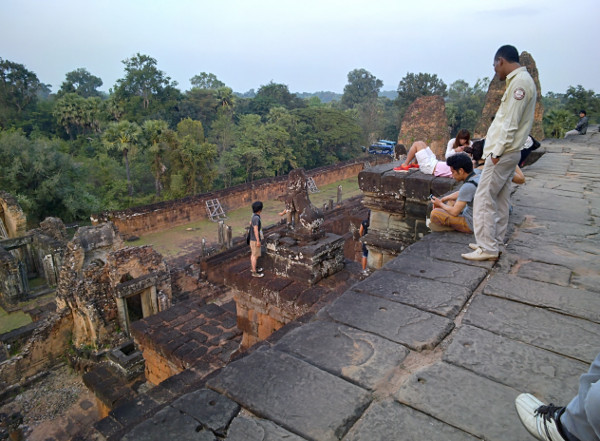

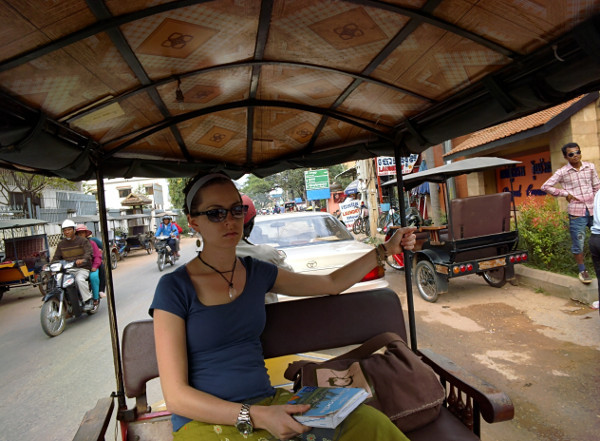




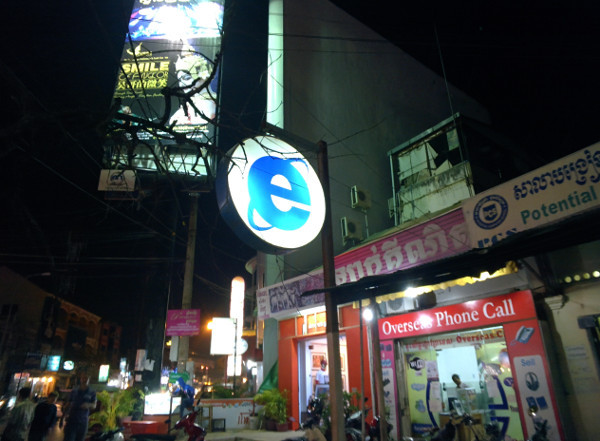


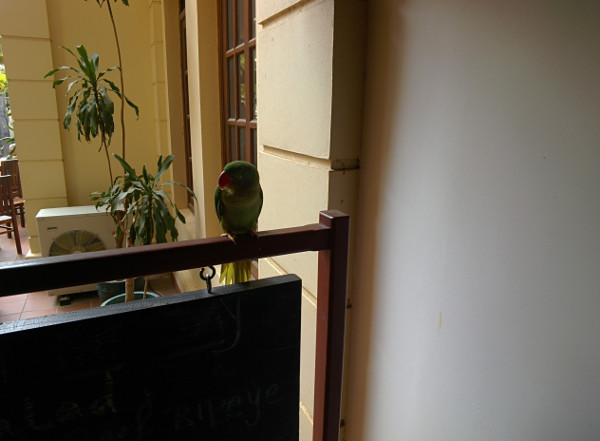
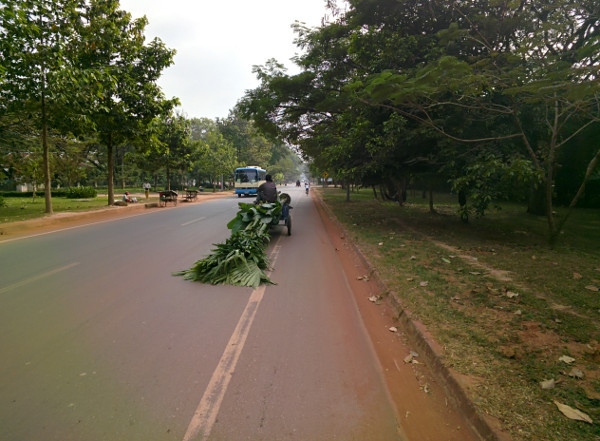
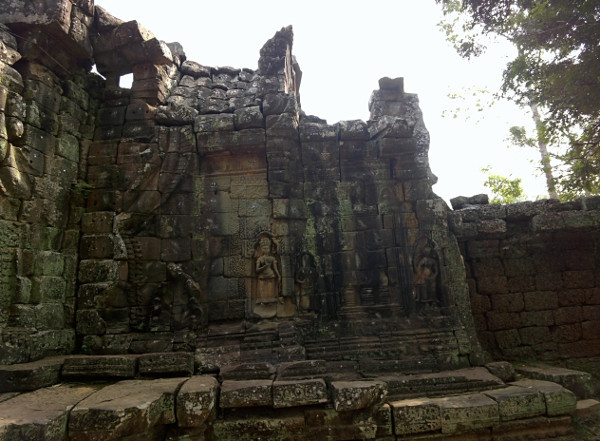




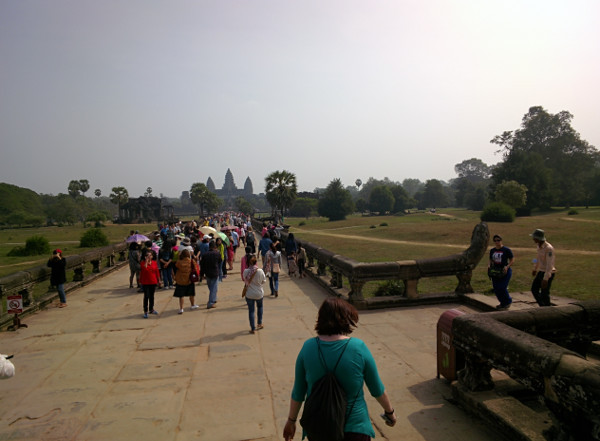
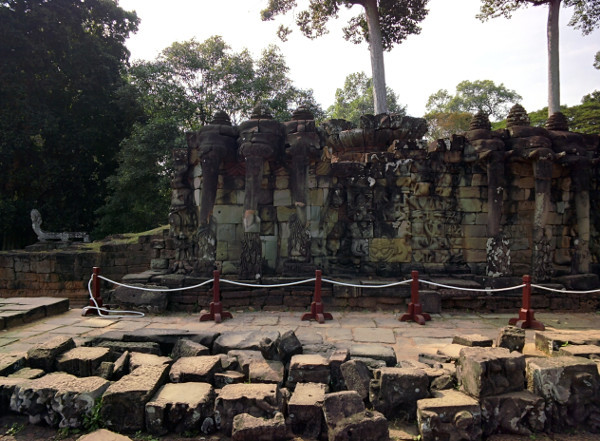
















Awesome!
[…] Google Glass Explorer Eric Finkenbiner: Cambodia #Throughglass […]
Wow! This is really POV, not the artificial walking shots you see in contrived documentaries. I’ve climbed those stairs and know how treacherous they can be, unless you are looking at them, paying total attention.
I eventually had to ensure that I was climing “Left then Right” instead of “Right then Left” because my right kneecap kept hurting. Indiana Jones makes this look easy!
that’s pretty awesome man!
I bet you’re one of those Glass exploring Glassholes that I always read about trying to rip off the MPAA by using Glass to film inside of theaters. :)
[…] wrote an article about wearing Google Glass on his trip to Cambodia. Check it out here on aNewDomain. I bet you’re one of those Glass exploring Glassholes that I always read about trying to rip […]